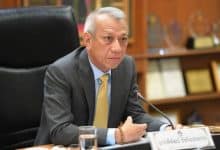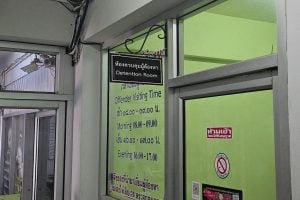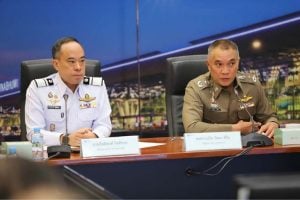Thailand sets sights on sky-high role as aviation powerhouse
Officials eye overhaul growth to boost regional flight links

Thailand’s transport officials are collaborating with aviation leaders to transform the country into a regional hub for aircraft maintenance and connectivity.
The Transport Ministry sets plans in motion to transform the nation into a premier aviation hub for Southeast Asia. The strategy focuses heavily on boosting its maintenance, repair, and overhaul (MRO) sector while redirecting air traffic to ease congestion at its busiest airports.
Transport Minister Phiphat Ratchakitprakarn said Thailand’s geographical location, nestled between economic giants like India and China, makes it an ideal gateway for regional air travel. He warned that without urgent action, competitors such as Singapore could dominate the aviation sector.
“The development of a robust MRO industry is no longer optional. It’s critical. Our proximity to major economies and strategic position in Indochina give us a natural advantage.”

Thailand’s aviation credentials received a boost after the US Federal Aviation Administration upgraded its safety rating to Category 1, allowing Thai carriers and pilots to operate flights into the United States. Meanwhile, United Airlines resumed its Thailand service after an 11-year pause.
The Civil Aviation Authority of Thailand (CAAT) also reported that the country scored 91.4% in the International Civil Aviation Organisation’s safety audit—well above the global average of 70.5%.
To relieve pressure on Bangkok’s Suvarnabhumi and Don Mueang airports, as well as Phuket International Airport, the Transport Ministry plans to shift traffic to underused airports such as Krabi and Chiang Mai.
ACM Manat Chavanaprayoon, CAAT’s director-general, confirmed that Airports of Thailand (AOT) has drafted a new master plan for Suvarnabhumi, which includes a new south terminal, MRO facilities, cargo centres, and a training hub for pilots and technicians.
Plans are also underway to establish a free zone to attract aerospace giants like Boeing and Airbus to stock spare parts, enabling faster aircraft servicing and emergency responses.
AOT has proposed raising the passenger service charge from 730 baht to help fund airport upgrades, according to Bangkok Post.

Thai Airways, currently operating 77 aircraft, plans to expand to 103 next year. CEO Chai Eamsiri said the carrier has seen connecting passenger rates rise from 6% in 2023 to 22%, with goals to rival Singapore’s 30 to 40%. The airline is also investing in a 10-billion-baht MRO facility with Bangkok Airways at U-Tapao.
Sithidej Mayalarp, CEO of SKY ICT, said embracing automation and AI while easing flight regulations could further cement Thailand’s aviation dominance. He noted a 4.8% rise in global passenger volume this year and pointed to the recent return of Chinese tourists as a sign of continued growth.
Latest Thailand News
Follow The Thaiger on Google News:


























